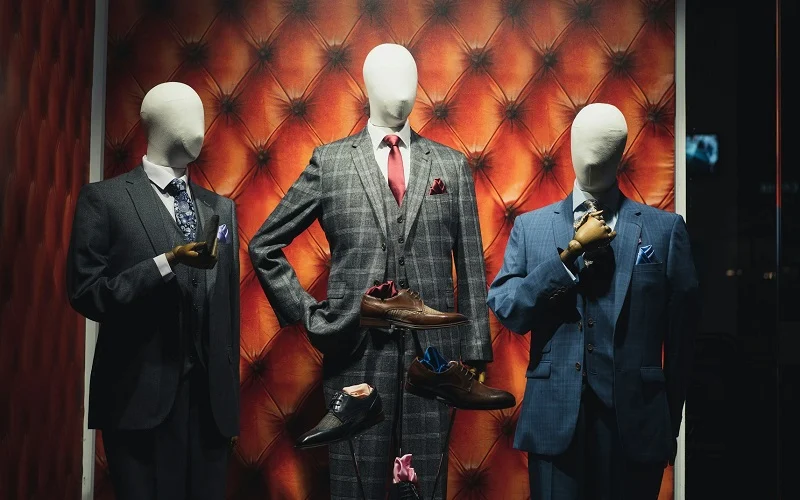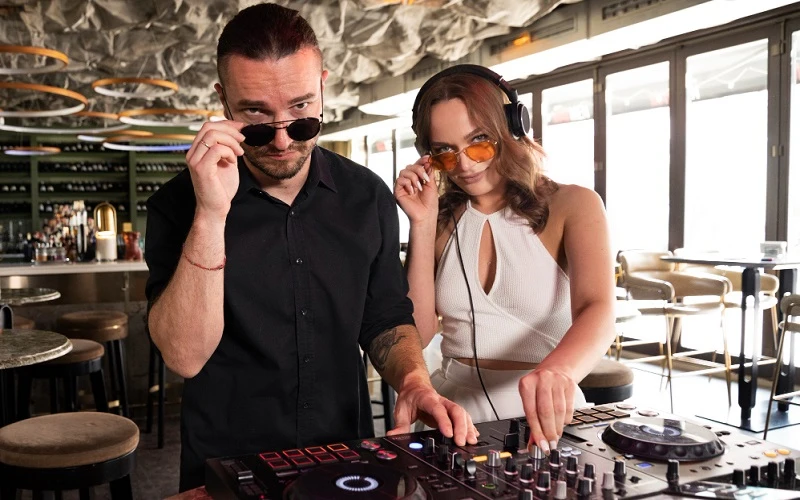In the world of professional attire, the suit stands as a quintessential symbol of elegance and respectability. Selecting the right suit is not just about fashion; it’s about conveying a message of competence and confidence. A well-chosen suit can make a profound impact in a business setting, elevating your presence and enhancing first impressions. As you navigate the nuances of style, color, and fit, the perfect suit becomes an investment in your personal brand. Below, we delve into the essentials of picking out a suit that embodies both your personal style and professional needs.
Understanding the Importance of Fit in Men’s Suits
The cornerstone of any great suit is its fit. A well-fitted suit flatters the body, creating a sharp and structured silhouette that speaks to meticulousness and professionalism. It’s essential to know your measurements and consider how different suit cuts interact with your body shape. Whether it’s a slim, classic, or modern fit, the right choice should offer comfort without compromising on form.
For those investing in a new suit, visiting an expert who can guide you through the fitting process is invaluable. Establishments offering complets pour hommes usually provide assistance to ensure your chosen suit is adjusted to your specific dimensions. Nothing compares to the confidence one feels when stepping out in a suit that’s been tailored exclusively for them.
Ill-fitting suits can be detrimental to your image; a too-tight blazer or slouchy trousers reflect poorly on attention to detail. When trying on suits, pay attention to the jacket shoulders, sleeve length, and the break of the trousers. Each element requires careful consideration to ensure it aligns with your stature perfectly.
Tailoring is the secret to achieving that custom fit. Even off-the-rack suits can be transformed with the help of a skilled tailor. Alterations can adjust hemlines, take in waistlines, and refine the overall garment proportions to elevate the fit to near bespoke levels. Tailoring isn’t just a luxury—it’s a necessity for anyone serious about their suit game.
The Power of Color and Pattern Selection for Business Attire
While fit is fundamental, the color and pattern of your suit carry significant weight in your overall presentation. Classic colors such as navy, charcoal, and black are versatile and exude professionalism. They work in almost any business setting and are easy to pair with a variety of shirt and tie combinations. A well-chosen color palette resonates with your personal style while remaining appropriate for professional environments.
Patterns introduce depth and personality to your suit. Subtle plaid, pinstripes, or herringbone patterns can add visual interest without being overwhelming. It’s important to strike a balance—bold patterns may stand out, but they can also distract in a conservative office setting. The key is understanding the environment in which you’ll be wearing your suit and selecting a pattern that complements it.
Beyond the color and pattern, the fabric of your suit also plays a role. Wool suits are a staple due to their durability and breathability, while cotton and linen suits are perfect for warmer climates. Think about the impression you want to make and the practicality of the fabric in relation to your professional lifestyle.
The seasonality of your suit colors and patterns can reflect a polished understanding of style. Lighter shades and breathable fabrics for spring and summer, and heavier, darker fabrics for fall and winter, not only demonstrate style awareness but also can contribute to your comfort throughout the day. Streamlining your wardrobe to include a variety of options ensures adaptability to any business occasion.
Navigating Different Suit Styles for Various Occasions
Different occasions call for different suits, and understanding the nuances between styles is critical. The classic business suit, typically single-breasted with a two or three-button closure, is a staple in any professional’s wardrobe. However, for more formal events, a double-breasted suit or a distinguished tuxedo may be appropriate. Recognizing the demands of each setting ensures you arrive appropriately dressed every time.
Casual business environments have introduced a new realm of possibilities in suit styles. Separates – pairing non-matching jackets and trousers—are increasingly popular for a modern, less formal look. This approach allows for a greater expression of individual style and is practical for fluctuating workplace dress codes. However, it always helps to err on the side of being slightly overdressed rather than the reverse.
Weddings, galas, and other special occasions usually have a specified dress code that can range from semi-formal to black-tie. Semi-formal often calls for a dark suit, white shirt, and conservative tie, whereas black-tie events typically require a tuxedo. Keeping a versatile wardrobe with a few select pieces can prepare you for these events without a last-minute rush.
Choosing and maintaining the perfect suit is about blending personal style with professional requirements. A well-fitted, stylish suit that is properly cared for not only boosts confidence but also sets a man apart in the business world. Take the time to select carefully, accessorize wisely, and maintain meticulously, and your suits will elevate your professional presence for years to come.




